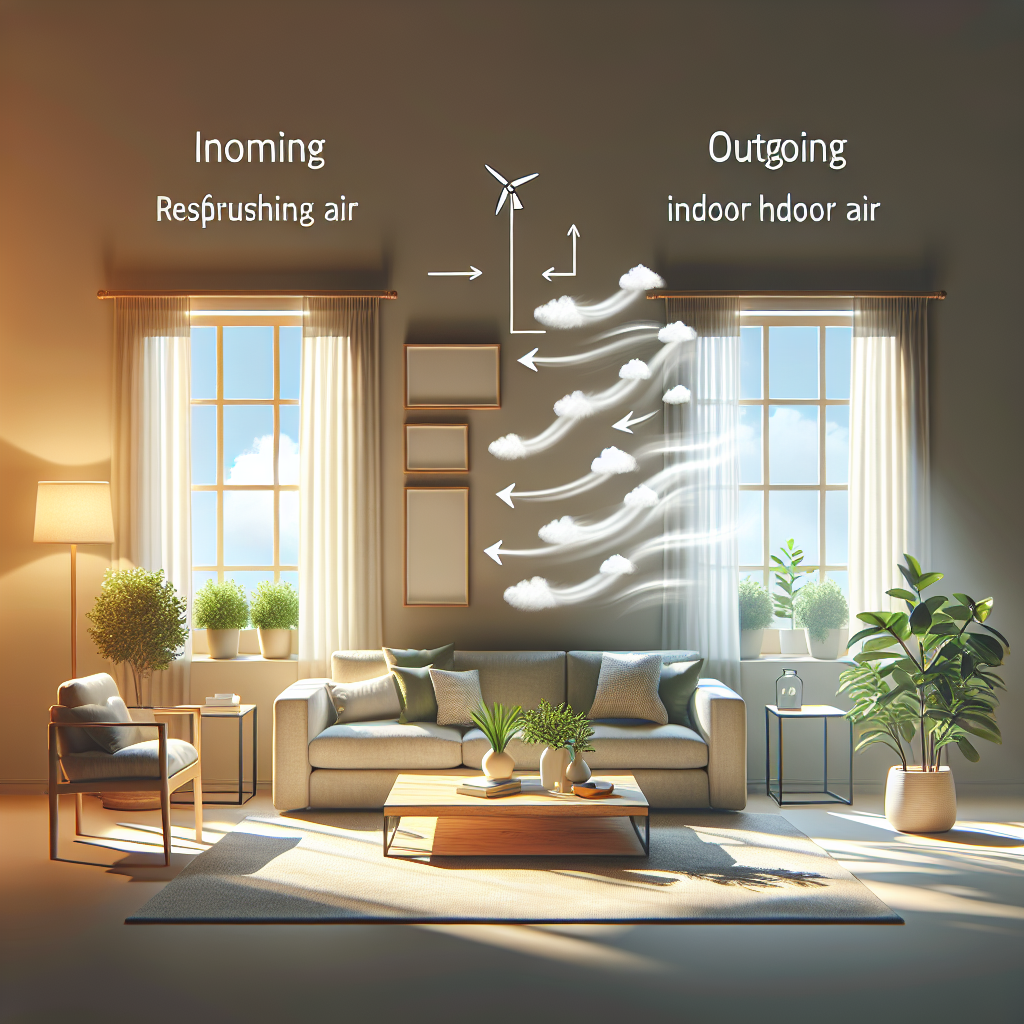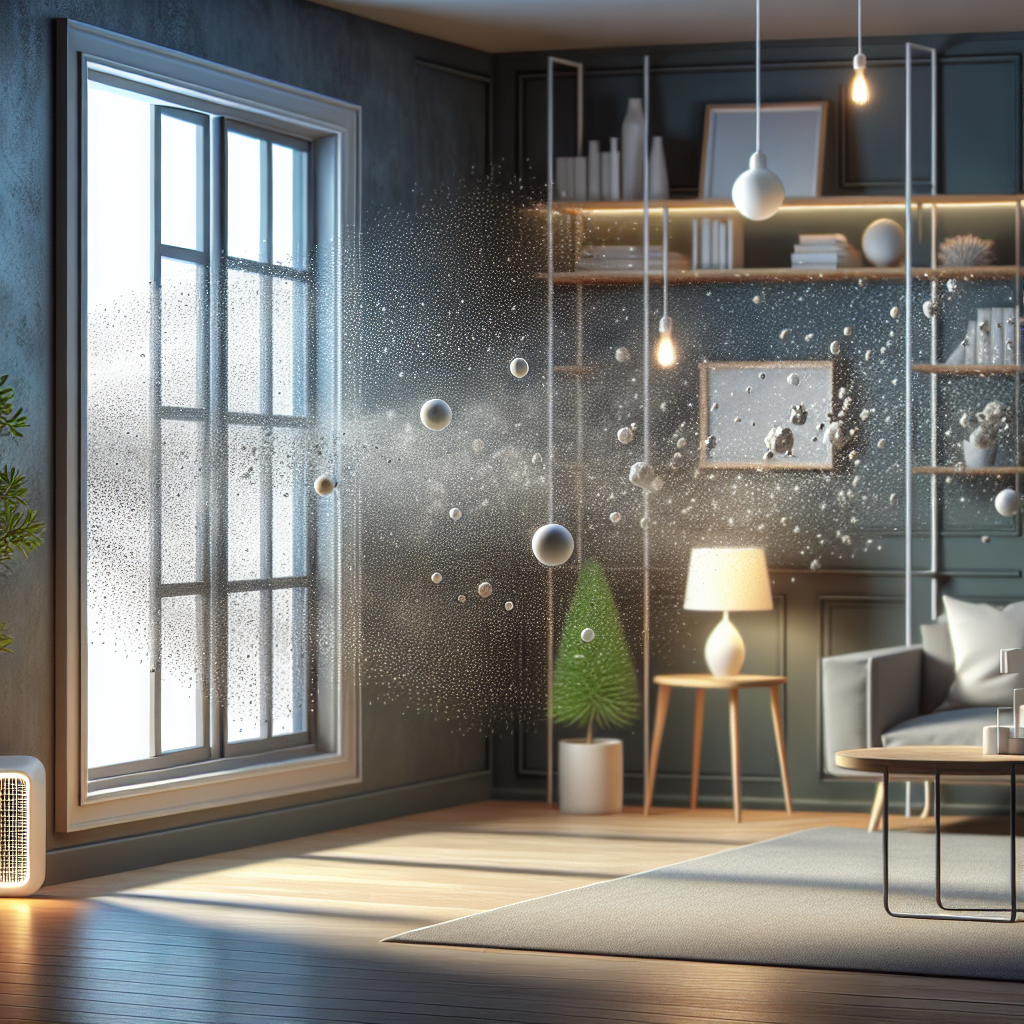Your cart is currently empty!
Tag: Indoor

Ventilation Best Practices for a Healthy Indoor Environment
Proper ventilation is crucial for maintaining a healthy indoor environment. Without adequate ventilation, indoor air quality can suffer, leading to a range of health problems including respiratory issues, allergies, and even more serious conditions like asthma. Fortunately, there are several best practices you can follow to ensure that your home or office is properly ventilated.One of the most important aspects of ventilation is ensuring that there is a constant flow of fresh air into the space. This can be achieved by opening windows and doors regularly to allow for natural ventilation. If this is not possible, consider installing a mechanical ventilation system such as exhaust fans or air purifiers to help circulate and filter the air.
It is also important to properly maintain and clean any ventilation systems in your home or office. This includes regularly changing air filters, cleaning ducts and vents, and ensuring that all fans and motors are functioning properly. Neglecting to maintain your ventilation system can lead to a buildup of dust, mold, and other pollutants, which can negatively impact indoor air quality.
In addition to ensuring a constant flow of fresh air, it is also important to control humidity levels in your indoor environment. High humidity can promote the growth of mold and mildew, which can be harmful to your health. Use a dehumidifier to keep humidity levels in check, especially in areas like bathrooms and basements where moisture tends to accumulate.
Another important best practice for ventilation is to avoid using products that emit harmful pollutants into the air. This includes things like air fresheners, cleaning products, and tobacco smoke. Opt for natural cleaning products and avoid smoking indoors to help maintain a healthy indoor environment.
Lastly, consider incorporating indoor plants into your space to help improve air quality. Plants are natural air purifiers and can help remove pollutants from the air, creating a cleaner and healthier indoor environment.
In conclusion, proper ventilation is essential for maintaining a healthy indoor environment. By following these best practices, you can ensure that your home or office is well-ventilated and free from harmful pollutants. Remember to regularly open windows, clean ventilation systems, control humidity levels, avoid using harmful products, and incorporate indoor plants to help improve indoor air quality. Your health and well-being will thank you for it.

How Ventilation Impacts Indoor Air Quality
Indoor air quality is a crucial aspect of our daily lives, as we spend a significant amount of time indoors, whether at home or in the workplace. One key factor that greatly impacts indoor air quality is ventilation. Ventilation refers to the process of exchanging indoor air with outdoor air, which helps to remove pollutants and odors while also replenishing oxygen levels.Proper ventilation is essential for maintaining good indoor air quality. When a building is poorly ventilated, harmful pollutants such as carbon monoxide, volatile organic compounds (VOCs), and particulate matter can build up, leading to a range of health issues such as headaches, fatigue, respiratory problems, and allergies. In extreme cases, poor indoor air quality can even contribute to serious health conditions such as asthma and cardiovascular disease.
On the other hand, adequate ventilation helps to dilute and remove these pollutants, creating a healthier indoor environment. Ventilation also helps to control humidity levels, which can prevent the growth of mold and mildew, as well as reduce the spread of airborne viruses and bacteria.
There are several factors that can impact the effectiveness of ventilation in a building. The design and layout of the building, as well as the type of ventilation system used, all play a role in determining how well indoor air quality is maintained. In addition, factors such as the number of occupants in a building, the type of activities taking place indoors, and the presence of indoor pollutants can also affect ventilation efficiency.
There are several ways to improve ventilation and indoor air quality in a building. One effective method is to install mechanical ventilation systems that can help to remove stale air and bring in fresh outdoor air. These systems can be designed to provide continuous ventilation or can be operated on a timer or in response to indoor air quality sensors.
Natural ventilation is another option for improving indoor air quality, which involves opening windows and doors to allow fresh air to enter the building. However, natural ventilation may not always be sufficient, especially in buildings located in urban areas with high levels of outdoor air pollution.
In conclusion, ventilation plays a crucial role in maintaining good indoor air quality. By ensuring proper ventilation in buildings, we can create a healthier and more comfortable indoor environment for occupants. It is important for building owners and managers to prioritize ventilation systems and regularly maintain them to ensure optimal indoor air quality for all occupants.
